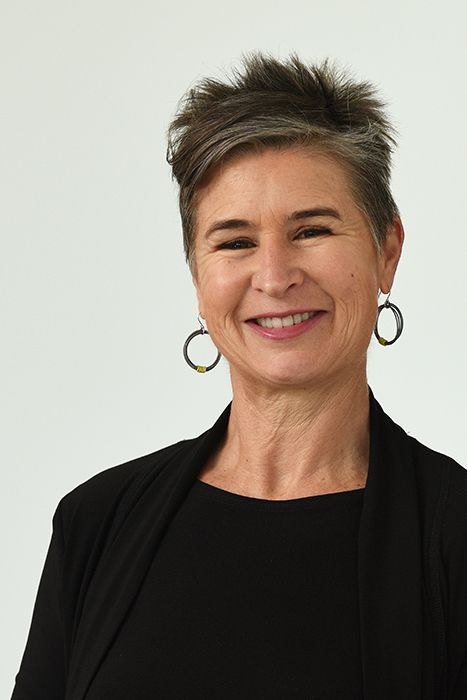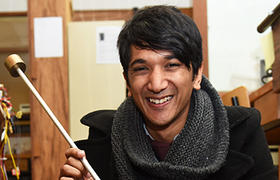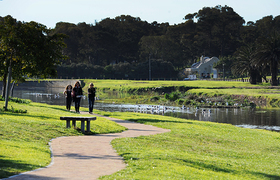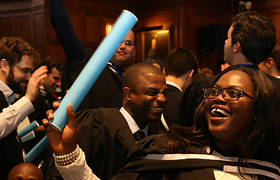A word from the dean
28 September 2015
Talent for the 21st Century
To be an engineer before 1950, or any time between 1750 and 1950, was to be a leader; a participant in a great adventure; a hero of society. Even Walt Whitman wrote:
“Singing my days,
Singing the great achievements of the present,
Singing the strong light works of engineers.”
With 1952 and the exploding of the first H bomb; the 1960s and the sobering predictions of Rachel Carson's Silent Spring; the 1970s threat of nuclear annihilation; followed by the 1990s and fears of irreversible climate change, the Golden Age of the profession began to tarnish.
However, we are now at a point where engineers and professionals of the built environment have the opportunity to be heroes again, as (however unlikely it seems now) they were in the novels and short stories of the late 1800s. With our abilities to rise to complex and undefined challenges, wicked problems, and the innovation and creativity inherent in the training and the profession, we are ideally placed.
This supplement highlights the true awesomeness of the talent and potential held in the Faculty of Engineering & the Built Environment, from our 3 000 undergraduate students to 1 200 postgraduate students (of which 208 are PhD students) spread across six departments; to our seven SARChI Chairs and two endowed chairs (the Anglo Platinum Chair in Mineral Processing and the SANRAL Chair in Transport Engineering).
Our 4 200 students are looked after by 232 academic and 199 PASS staff¹ housed in nine different buildings on the Upper Campus. Our faculty hosts 51 NRF-rated researchers and 15 URC-accredited research groupings, including the interdisciplinary signature theme African Centre for Cities and the newly accredited UCT-Nedbank Urban Real Estate Research Unit.
The common threads in our faculty and its six departments of Architecture, Planning and Geomatics, the four basic engineering disciplines (Chemical, Civil, Electrical and Mechanical) and Construction Economics and Management are their focus on the key attributes of EBE professionals: strong analytical skills; practical ingenuity and creativity; a focus on good communication, and high ethical standards and professionalism, as well as the ability to be lifelong learners. In addition, one of the core aspects of our vision as a faculty is to: "develop outstanding graduates and scholars ... who contribute to society and address socioeconomic challenges through their work."
To find out more about the Faculty of Engineering & the Built Environment, visit www.ebe.uct.ac.za.
Alternatively, get in touch directly on 021 650 2699, or send an email to ebe‑faculty@uct.ac.za.
As the new Dean, I am very proud to be part of a faculty that not only has the skills, the abilities and the ambition to tackle the challenging global problems of the 21st century, but is also living out its vision.
Enjoy the read.
Prof Alison Lewis
Dean of EBE
¹ These include T1 and T2 contract staff. For permanent staff, the numbers are 158 academic and 148 PASS staff
 Read more stories from the
Read more stories from the
September 2015 edition.
 This work is licensed under a Creative Commons Attribution-NoDerivatives 4.0 International License.
This work is licensed under a Creative Commons Attribution-NoDerivatives 4.0 International License.
Please view the republishing articles page for more information.










